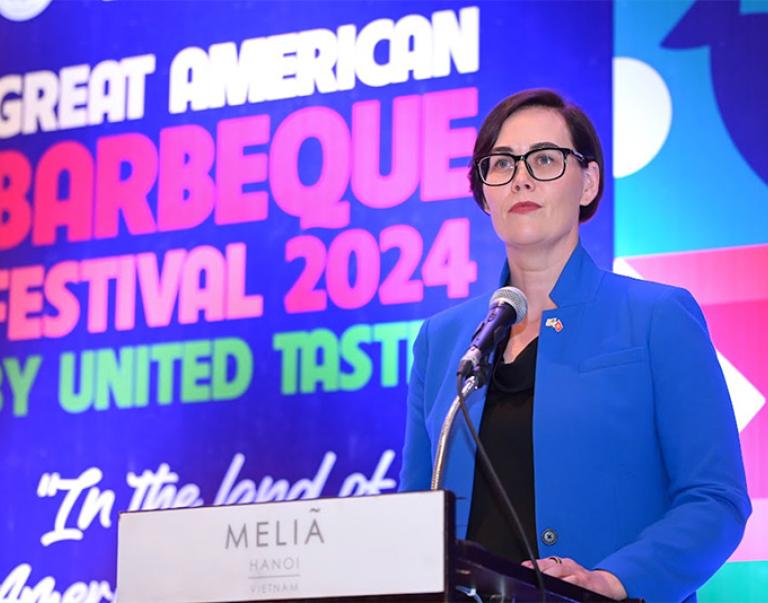
When it comes to ridding the earth of pollution leaking from dumps, closed landfills, and other waste sites, specific types of trees are quietly and efficiently absorbing the toxins.
Through a process known as phytoremediation, green plants are used to remove, degrade, or stabilize pollutants and contaminants, such as toxic metals, from soil or groundwater. The practice of using trees as waste cleanup tools has been around for many decades and its early promise as a low-cost alternative to other cleanup methods has borne out.

So with the science maturing, and the success stories racking up, phytoremediation is becoming the solution of choice for many communities and corporations looking to cleanup polluted waste sites.
For instance in the Great Lakes Region, phytoremediation work is expanding on a massive scale mainly due to word-of-mouth endorsement, according to Ron Zalesny, a research plant geneticist with the Forest Service’s Northern Research Station. Altogether, there are 20,000 trees planted in 16 phytoremediation sites in the Lake Michigan and Lake Superior watersheds.

The trees are mostly fast growing willows and poplars, which are ideal for phytoremediation because they grow quickly and have deep and extensive root systems. They have the potential to take up a lot of waste water at water-rich sites, but they can also work without a lot of water on water-limited sites.
In fact, the faster and bigger a tree grows, the harder it works to take up pollutants from soil and nearby water sources such as surface streams and belowground aquifers.
“Bigger trees are like bigger straws, they can suck up more contaminants much faster than smaller, slow-growing trees,” Ron said. Other species will work as well, depending on the problem and its location. It’s all about finding the right variety of the right species of tree for the problem at hand. Ron and his colleagues are really seeing the results of their life’s work.
“We’re in our fourth year of annual funding from the Great Lakes Restoration Initiative,” Ron said. “We work in partnership with cities, counties and corporations to install the phytoremediation sites.”
In addition to sites created by human waste, Ron sees a growing role for phytoremediation in cleaning up pollution from animal waste produced by pig farms and chicken growers. Waste from these intensive farming practices is monitored closely by federal agencies to protect surrounding real estate and local water sources.
Trees are even playing a role in blighted urban areas to address empty lots and “brown fields” that look unattractive and often serve as a dumping ground for trash. Studies suggest that these criteria go hand-in-hand with local crime.
In these areas, it’s a matter of “greening” not “cleaning,” Ron said. He is working with Forest Service ecologist Richard Hallet to develop hardy, pioneer species of trees planted to mature in phases, so when the fast growing poplars or willows begin to die off, slower-growing oaks and maples will begin maturing.
“They will green the brown fields, offer shade, and work hard to purify the air and the ground,” said Hallet. These are great benefits that trees give us humans.”




